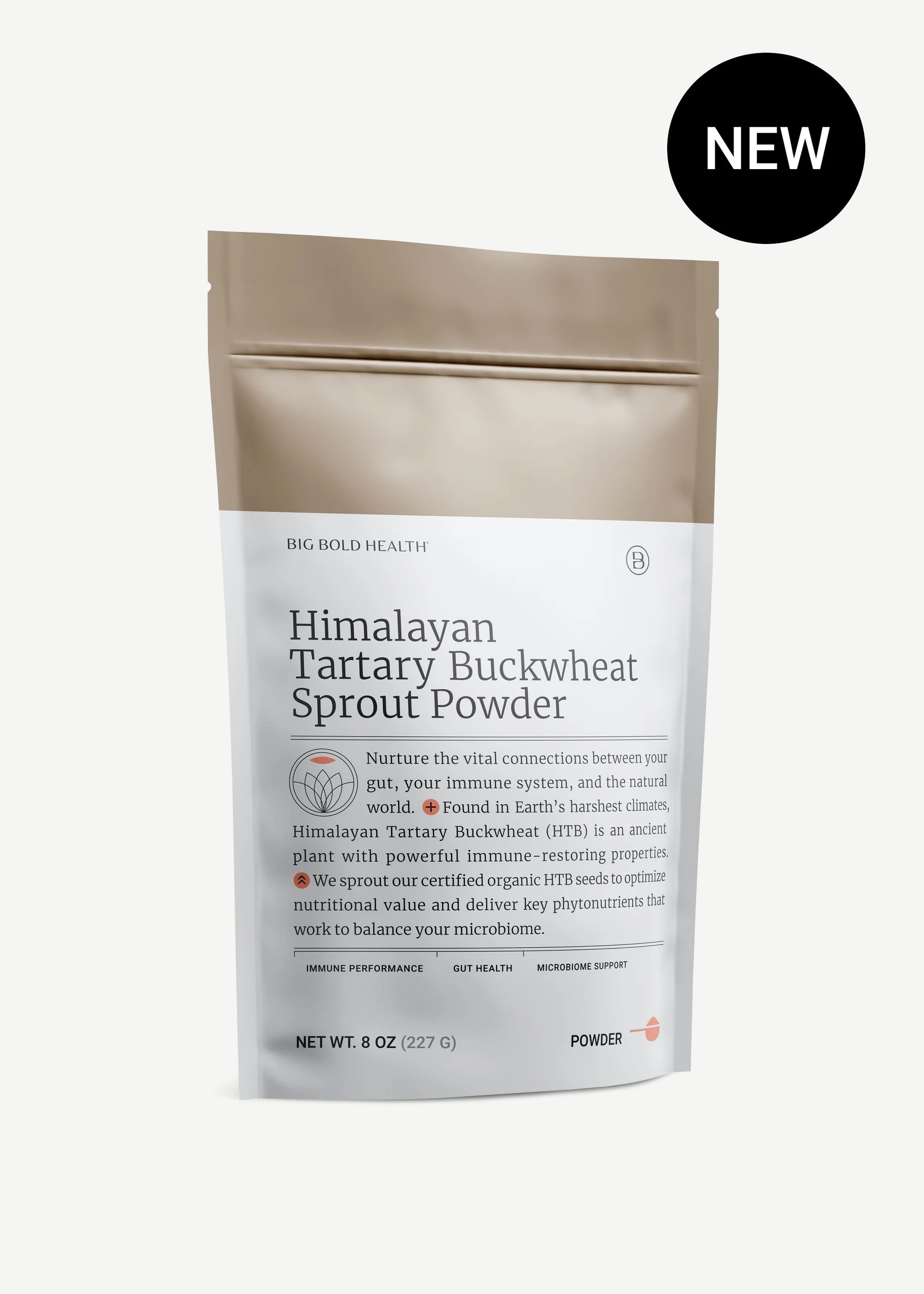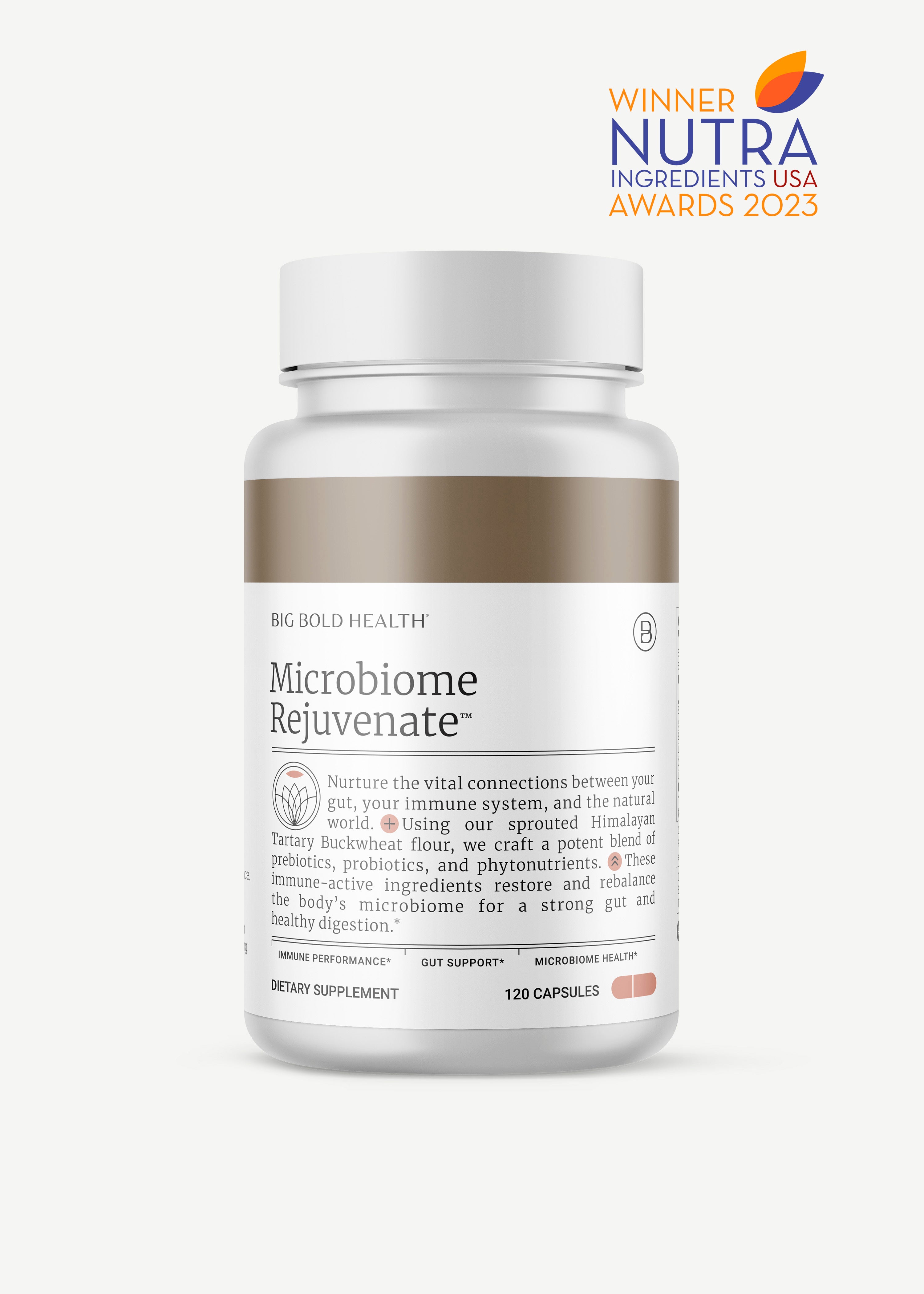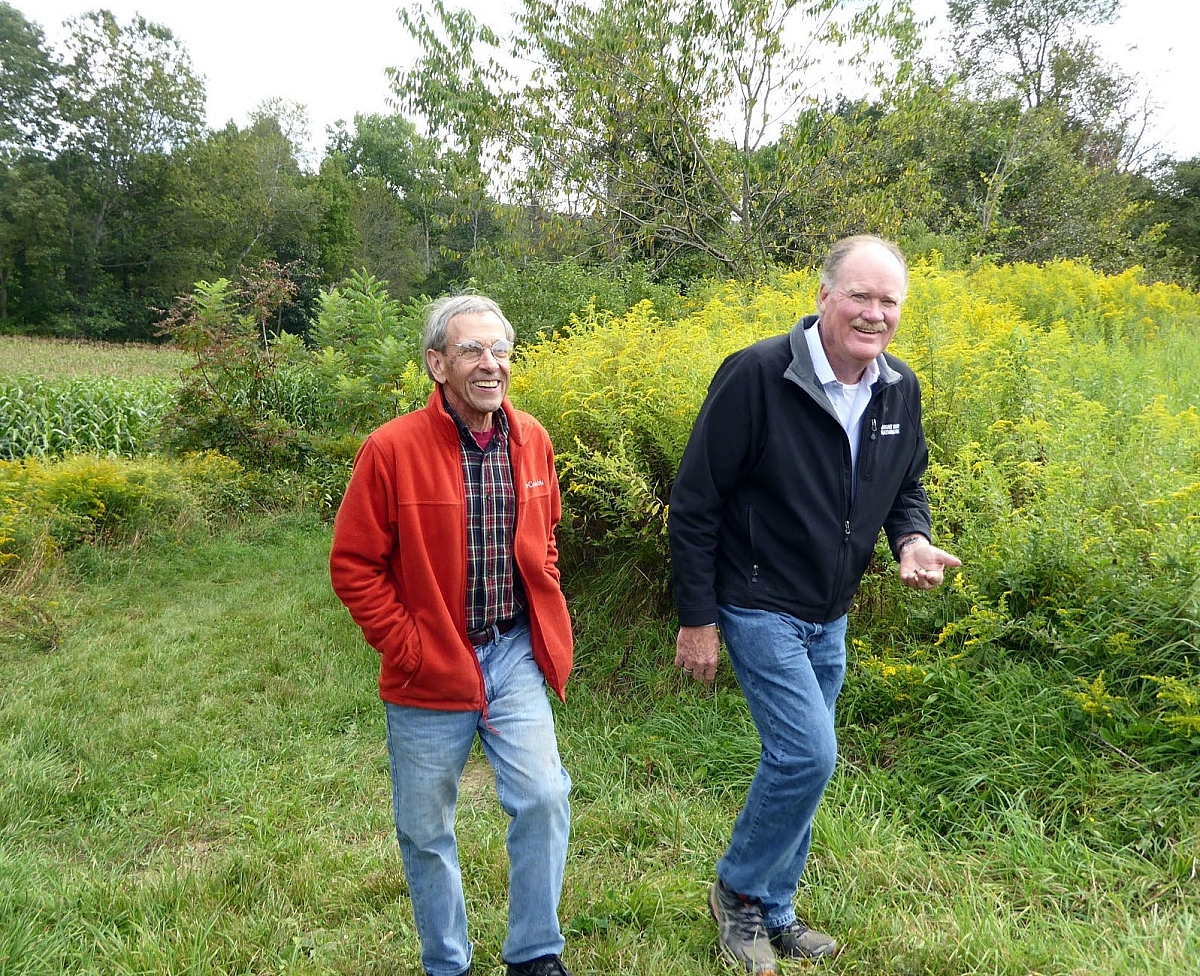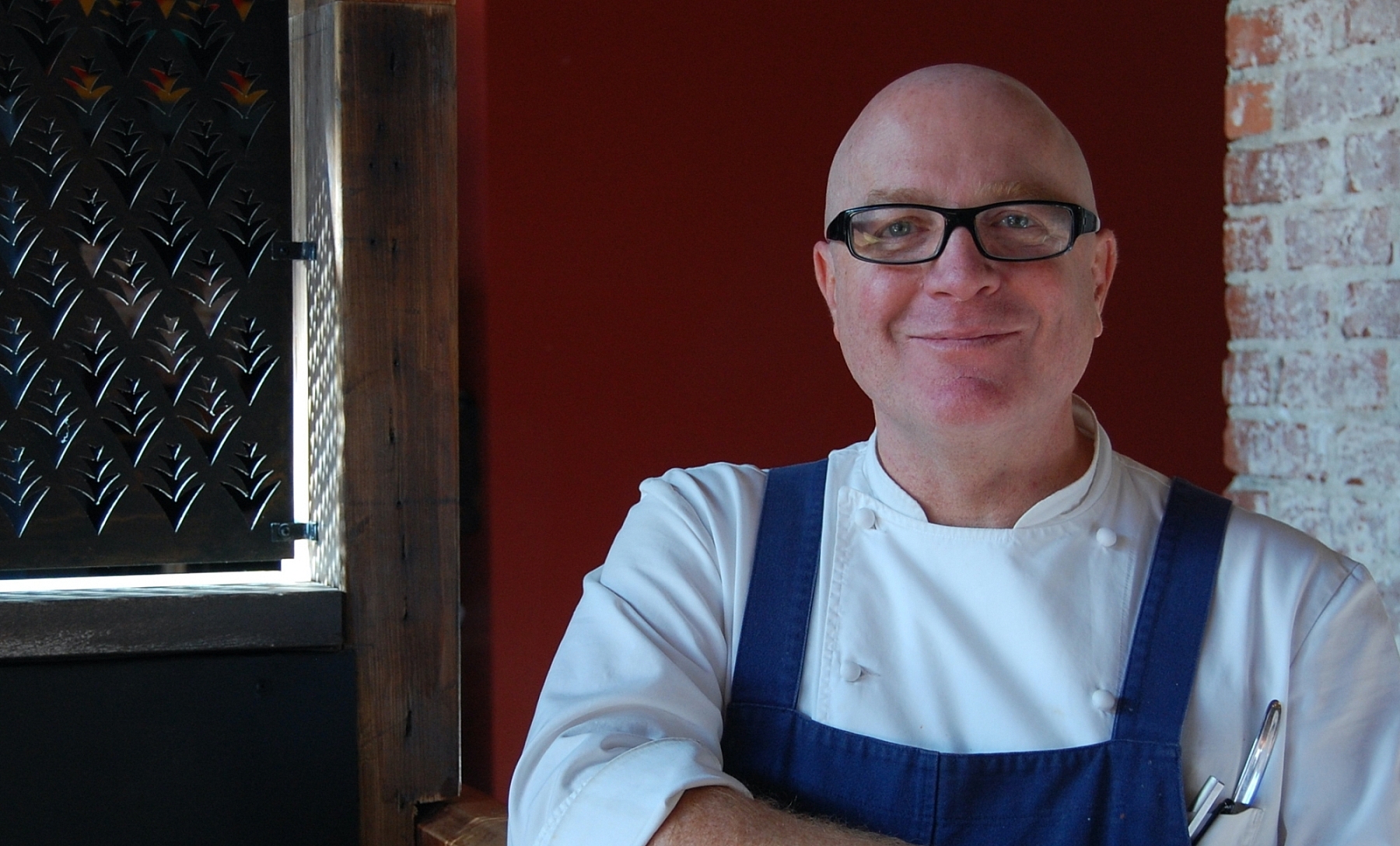Meet the pioneer farmers behind Himalayan Tartary Buckwheat
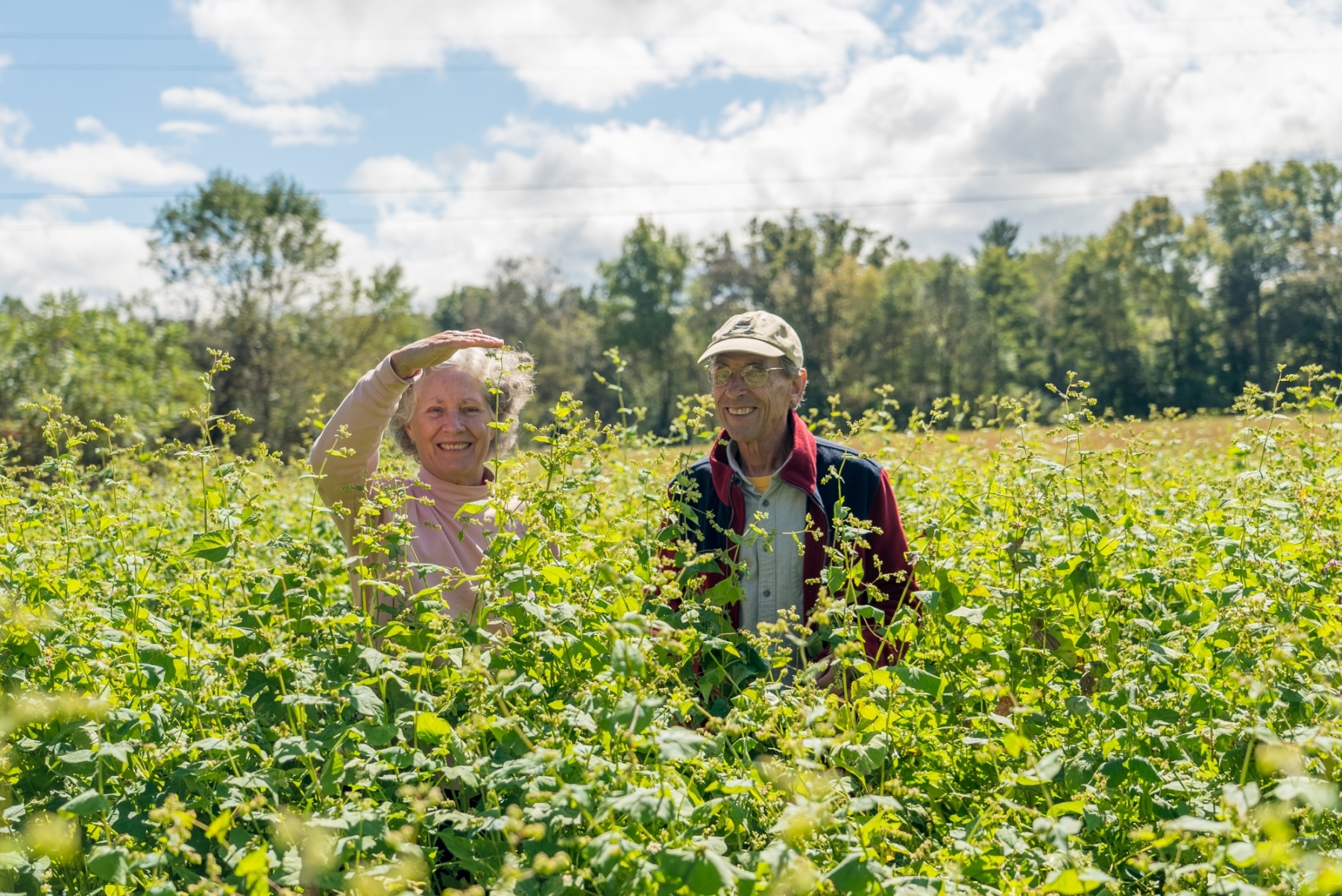
It’s not an overstatement — without Sam and Lucia Beer, there would be no Himalayan Tartary Buckwheat in the US. The Beers know this crop better than anyone, and now you can too.
This episode is their story. It’s a front-lines conversation with two pioneer farmers behind a powerful food that nature designed for rejuvenation. Thanks for joining us.
This podcast is for educational purposes only. It is not a substitute for professional care by a doctor or other qualified medical professional. This podcast is provided on the understanding that it does not constitute medical or other professional advice or services.
